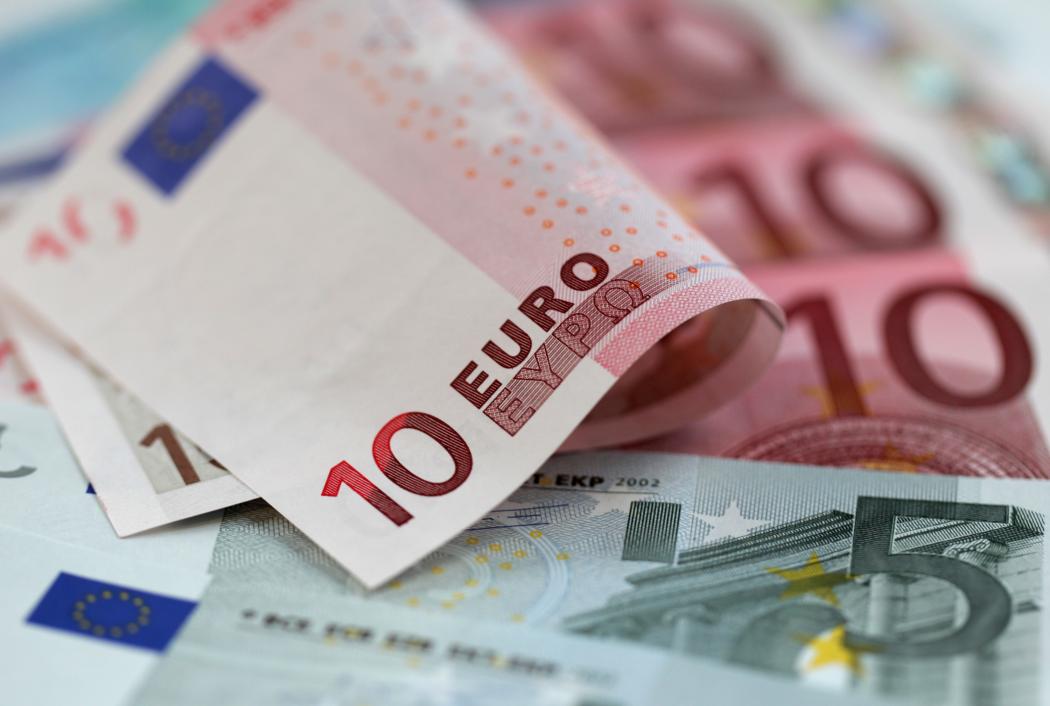The rial fell against all major currencies on Monday as stocks tumbled to fresh lows on investor fears that the recent sharp drop in oil prices will damage the Iranian economy’s recovery.
The US dollar, the euro and the sterling rallied versus the rial as the stock market plummeted to its lowest since Oct. 12, 2013 in Tehran.
The euro advanced the most among major currencies, rising 1.09 percent to 43,500 rials by 11:37 GMT on Monday.
The greenback was up 0.4 percent during the trading day and changed hands at 34,770 rials. Sterling also followed other currencies and rose 0.31 percent and traded at 54,250 rials.
But one of the major gainers against the rial was the dirham of United Arab Emirates – one of Iran’s major trade partners – despite the Emirates being an oil exporter. The Emirati currency was up 1.17 percent to 9,550 rials by 11:37 GMT. The UAD has soared 7.5 percent versus the rial in the past month.
The TEDPIX, Tehran Stock Exchange’s main index, broke below the 70,000 mark and closed at 69,542.60, down 1.07 percent for the day, based on TSE data.
Analysts cite the ongoing uncertainty over the fate of West’s anti-Iran sanctions, the widening budget deficit that fuels speculation that the government will have to monetize the deficit, and the plunge in crude oil prices as the main reasons behind the downtrend that is currently choking the stock market.
The rial saw a correction in value last week, after it lost over seven percent of its value against major currencies in the last week of November, as the failure to strike a final nuclear accord by Iran and the six world powers on Nov. 24 sparked a rush to safety.
The rial’s depreciation accelerated when OPEC decided to keep its production level despite global oversupply instigating a fall in oil prices.Oil prices have halved since June highs, plummeting to 5-1/2 year lows. The drop puts real pressure on Iran for whom oil revenues comprise around 80 percent of exports. Iran’s revenue from crude sales fell 30 percent because of the recent freefall. The new downtrend could put pressure on the budget, Rouhani said Dec. 8.
According to the International Monetary Fund, Iran needs oil at $136 a barrel to make ends meet.
Brent settled at $62.56 per barrel by 11:38 GMT on Monday. It fell to $61.35 on Friday’s session, the lowest since July 2009.
West Texas Intermediate traded at $58.21 on Monday. Earlier on Friday it fell to $57.34, it’s lowest since May 2009.
The government, which assumed a price of $100 for a barrel in the fiscal year through March, is basing its 2015 spending plan on an average of $72.
Iran’s economy will expand 1.5 percent in 2014 after shrinking 5.6 percent and 1.7 percent in the previous two years, respectively, according to IMF estimates in April, prior to crude’s slide.



